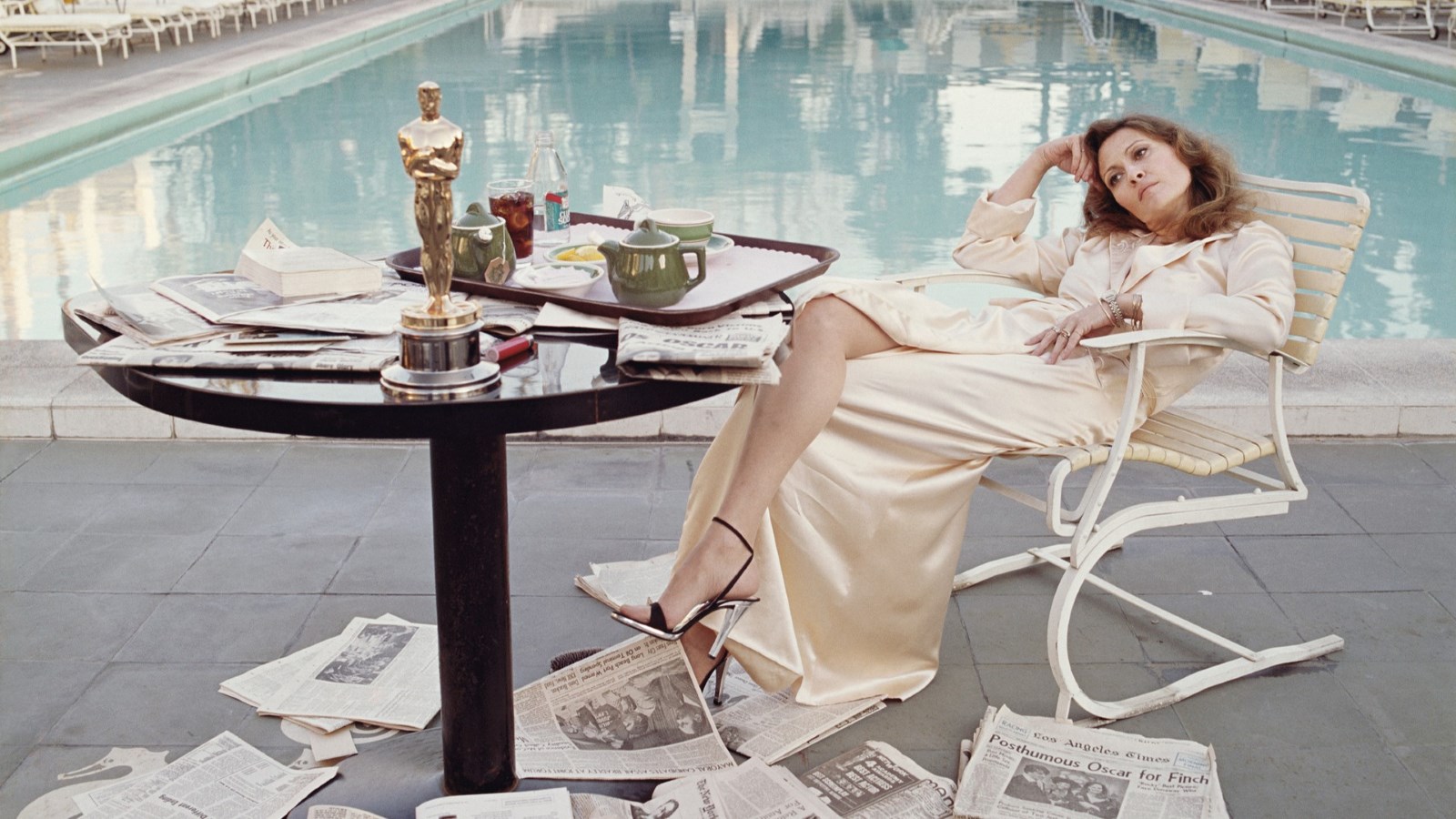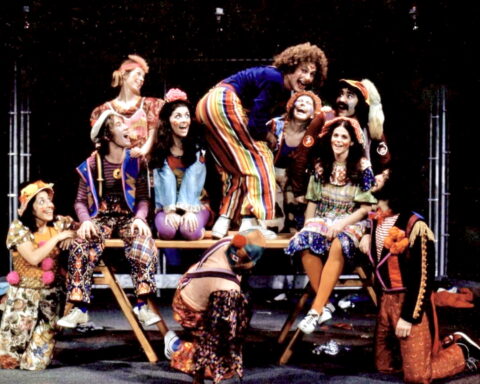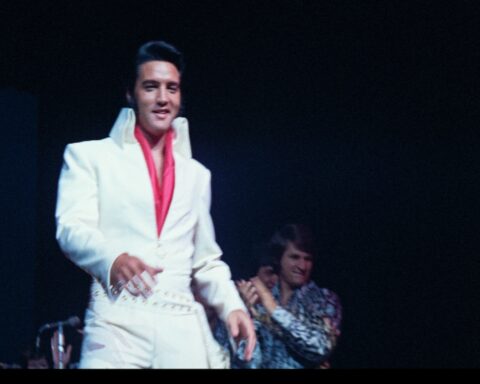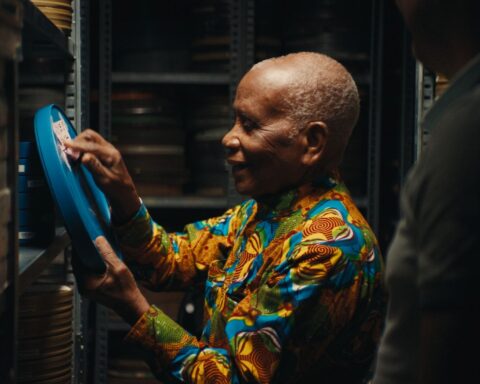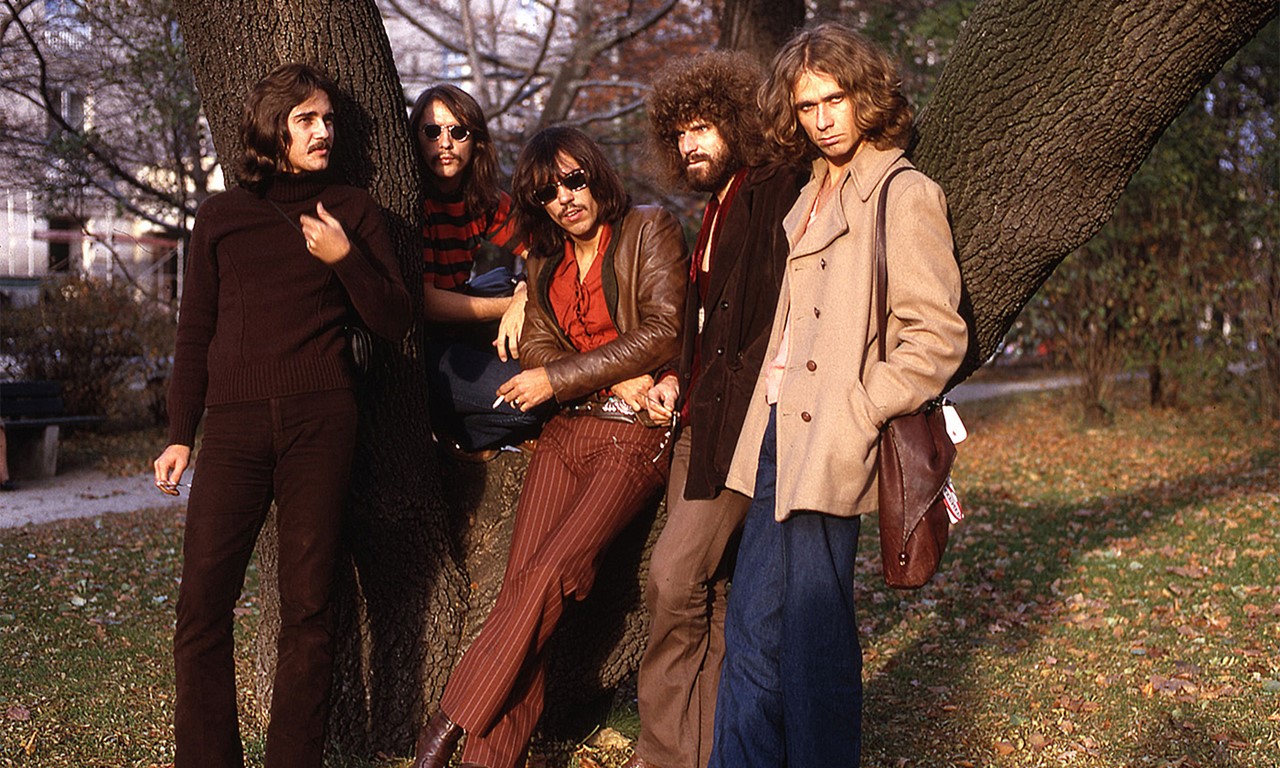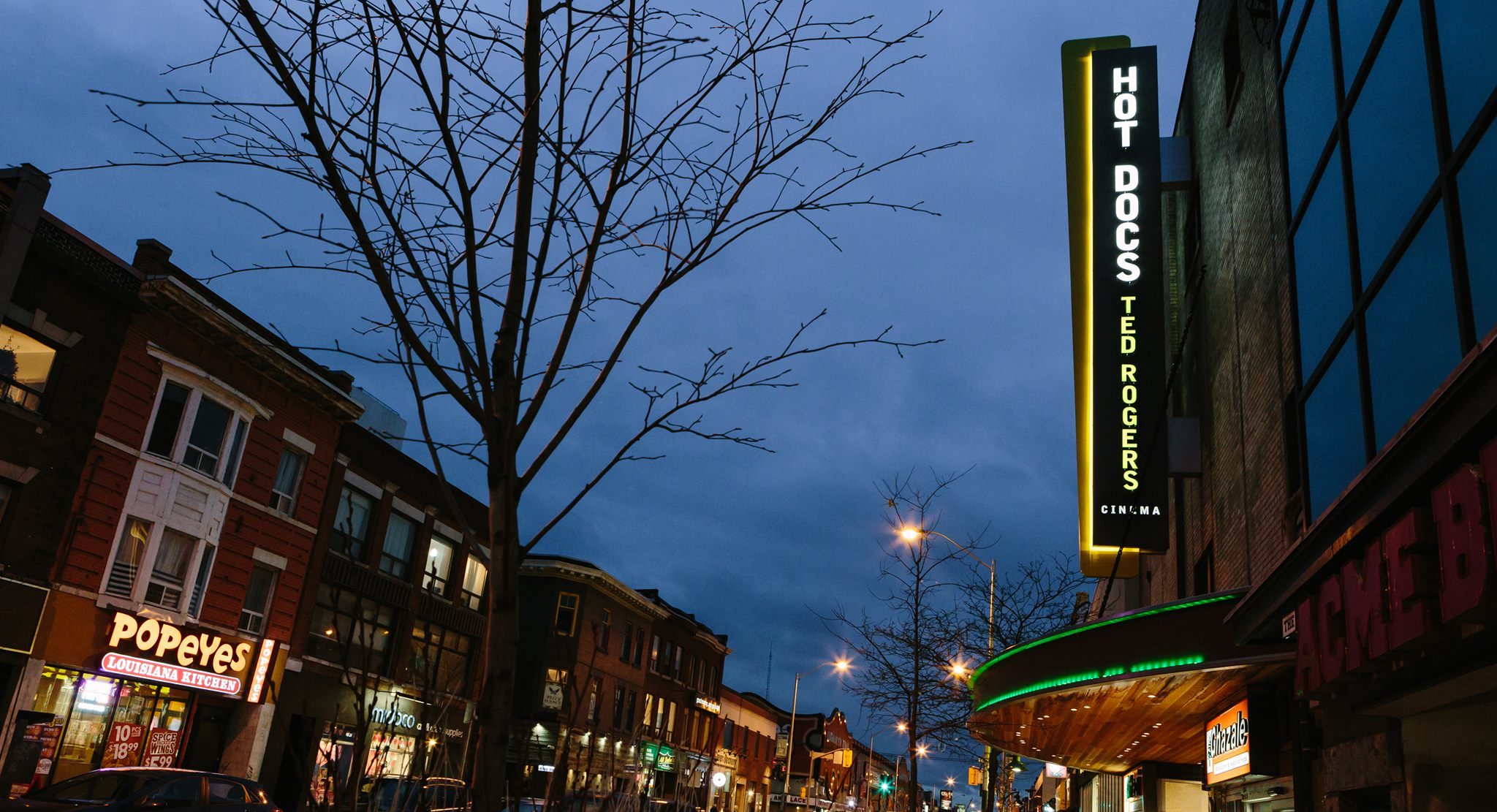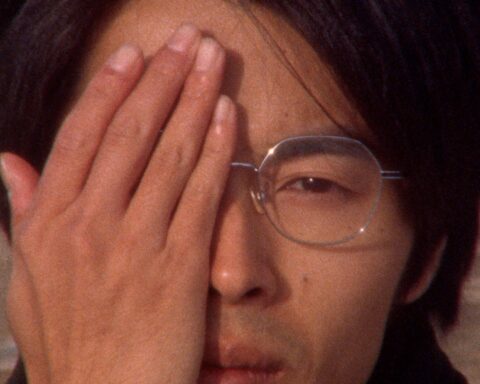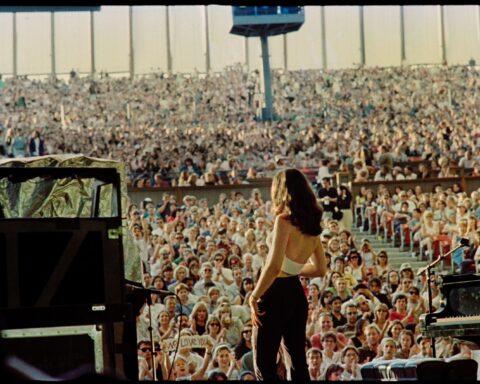Faye
(USA, 90 min.)
Dir. Laurent Bouzereau
There’s an iconic picture of Faye Dunaway that ranks among the best celebrity portraits of all time. Dunaway sits at poolside at the Beverly Hills Hotel mere hours after winning the Best Actress Oscar for Network. Draped in a robe with her statuette parked beside her coffee and breakfast, newspapers litter the area. Dunaway basks in the afterglow of her win. Her reflection asks, “Is this all there is?” Headlines on the papers denote the historic moment, including her co-star Peter Finch’s posthumous Oscar win. (Full disclosure: I have a copy of this photo framed on my wall.)
Dunaway’s pensive look in the photo by Terry O’Neill, her eventual husband, assumes a bittersweet note with the documentary Faye. The film offers an engaging look at the remarkable if cruelly stunted career of a Hollywood icon. Faye follows a relatively conventional cradle-to-present narrative as it recounts the early stages of Dunaway’s career. If it moves remarkably quickly, the pace reflects Dunaway’s own ascent in Hollywood. But the film’s dramatic drop off mirrors Dunaway’s story, too. The doc notes that despite being one of the top actresses of the 1970s, her career was basically derailed, as fans know, by the reception of 1981’s Mommie Dearest and her performance as Joan Crawford. Director Laurent Bouzereau lets Dunaway tell her story in her own words—and, decidedly, on her own terms—for a lead role she’s long overdue.
Dunaway naturally proves an engaging storyteller as she recounts a modest upbringing. She reflects upon how her parents’ divorce toughened her. Dunaway doesn’t twist the story for sympathy, but considers how her mom worked really hard to care for the children on her own, which fed Dunaway’s drive as an actress. After some student acting gigs and formative stage roles, Dunaway notes that a breakthrough came working with director Elia Kazan and then with dramatists like Arthur Miller and William Alfred. The roots of her acting chops are with the best.
The film picks up when Dunaway talks about her breakthrough performance in Arthur Penn’s Bonnie & Clyde. The conversation—which includes Dunaway’s son Liam, whom she adopted with O’Neill, along with collaborators and peers like Sharon Stone, Mickey Rourke, director James Gray, and a few critics—credits Dunaway’s performance as part of a turning point in American film. The interviewees note how Penn shrewdly cast the classically beautiful Dunaway as the comparatively dowdy Parker. But instead of serving as an anachronistic glow-up, audiences and critics saw in Dunaway’s Bonnie a hungry starlet who knew how to work a camera.
The sense of discovery complements Parker’s own desire for fame. Even critics like Roger Ebert, who panned Dunaway’s earlier work, praised Bonnie & Clyde. The sense of excitement that Dunaway conveys while talking about working with Warren Beatty, and shooting the film’s violent end, will thrill viewers. She gabs about filmmaking like a true cinephile.
Bouzereau draws upon his extensive background in EPK/ behind-the-scenes work to elevate a relatively straightforward tour through Dunaway’s filmography. Snippets about The Thomas Crown Affair highlight her sizzling chemistry with Steve McQueen. Stories about A Place for Lovers touch upon her relationship with Marcello Mastroianni. Dunaway doesn’t kiss and tell here—people looking for more details won’t get them—but her way of handling public versus private information speaks to her longevity in the spotlight.
Equally meaty are Dunaway’s reflections about her two greatest performances, as Evelyn Mulwray in Roman Polanski’s Chinatown and Diana Christensen in Network. Of the former, Dunaway praises her co-star Jack Nicholson. She has fire in her eyes while recounting how she pushed him to slap raw violence into a pivotal dramatic moment. Of working with Polanski, however, Dunaway spills a bit more tea, acknowledging his capacity as a director, but not holding back the mutual feeling of being difficult to work with. Of particular note is an anecdote about him pulling a wayward hair from her head. Other interviewees tell how Dunaway irked Polanski—and everyone on set—with her obsessive habit of reapplying Blistex on her lips between takes and slowing down production. Bouzereau humorously captures Dunaway fastidiously keeping up the habit.
Of Network, Dunaway really shows her intuition as an actress. She tells how Sidney Lumet directed her to abandon all vulnerability and she pushed herself to interrogate an ambitious woman in a male-dominated field. The coldness of her driven character makes Diana’s one instance of letting her guard down especially effective—doubly so as Dunaway situates it in the context of her own perfectionism.
The film uses the career high of Network and that memorable morning-after shot to segue into Dunaway’s role as a mother. She shares her secretive approach to Liam’s adoption, while Liam speaks warmly about Dunaway and O’Neill. He notes that he didn’t seek out his biological parents, instead finding comfort in the people who raised him. He does, however, note Dunaway’s fondness gin martinis and the actress speaks candidly about addiction and its relationship to her bipolar disorder.
Those tidbits smartly lead to Dunaway’s mother of a career turning point: Mommie Dearest. One critic says Mommie Dearest was 40 years ahead of its time—or, at least, too close to Crawford’s death to be effective. Moreover, Sharon Stone pointedly asks how else Dunaway was supposed to play such a larger-than-life actor prone to personal theatrics. Stone faults the director, Frank Perry, for not knowing how to frame his star. Dunaway, meanwhile, remains modest, but can’t hide her frustration over a career that collapsed because she took a risk.
Dunaway seems more remorseful for the performances that didn’t happen after that and the opportunities she missed. Among the biggest loses, Dunaway cites her aborted passion project writing, director, and starring in the story of opera singer Maria Callas. Dunaway admits that she assumed too much control while eyeing a comeback. Other low points aren’t in the film at all, like the Oscars envelope gaffe or some films that even Joan Crawford might have declined during her B-movie era. However, a digression about Dunaway’s firing from the Broadway-bound play Tea at Five says enough about her personality on-set as well as the double standards of sexism in the entertainment industry.
Although Dunaway obviously wants a favourable testament, Bouzereau smartly incorporates her notoriety as a perfectionist into Faye’s design. It’s pretty clear from the opening frames of Faye that Dunaway’s really calling the shots. She hustles her director when she decides it’s time to start the interview. She quibbles about seating, angles, and wanting water in a glass instead of a bottle.
Cut to an archival shot of Bette Davis, though, and Bouzereau arguably saves the film in the edit. Davis acerbically comments that Dunaway is the most difficult person to work with in Hollywood. The film rejects an easy celebrity portrait, even if it ultimately doesn’t go as deep on Hollywood as it could.
The director improves upon the deferential approach to family filmmaking he took with Natasha Gregson Wagner in What Remains Behind. Faye proves especially insightful for all the bits that would usually be left on the cutting room floor. Bouzereau doesn’t go for hard questions, but by letting the cameras roll, he captures Dunaway’s many dimensions. It’s evident that Dunaway wants a clean redemptive portrait, but Bouzereau grants her that with a twist. Faye Dunaway might be intolerably obsessive, but that’s surely part of the chemistry that makes her one of Hollywood’s greats.




